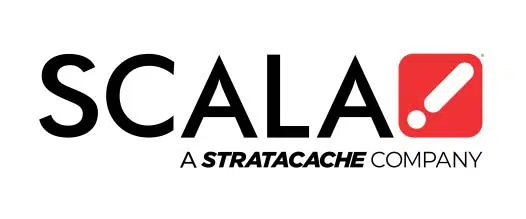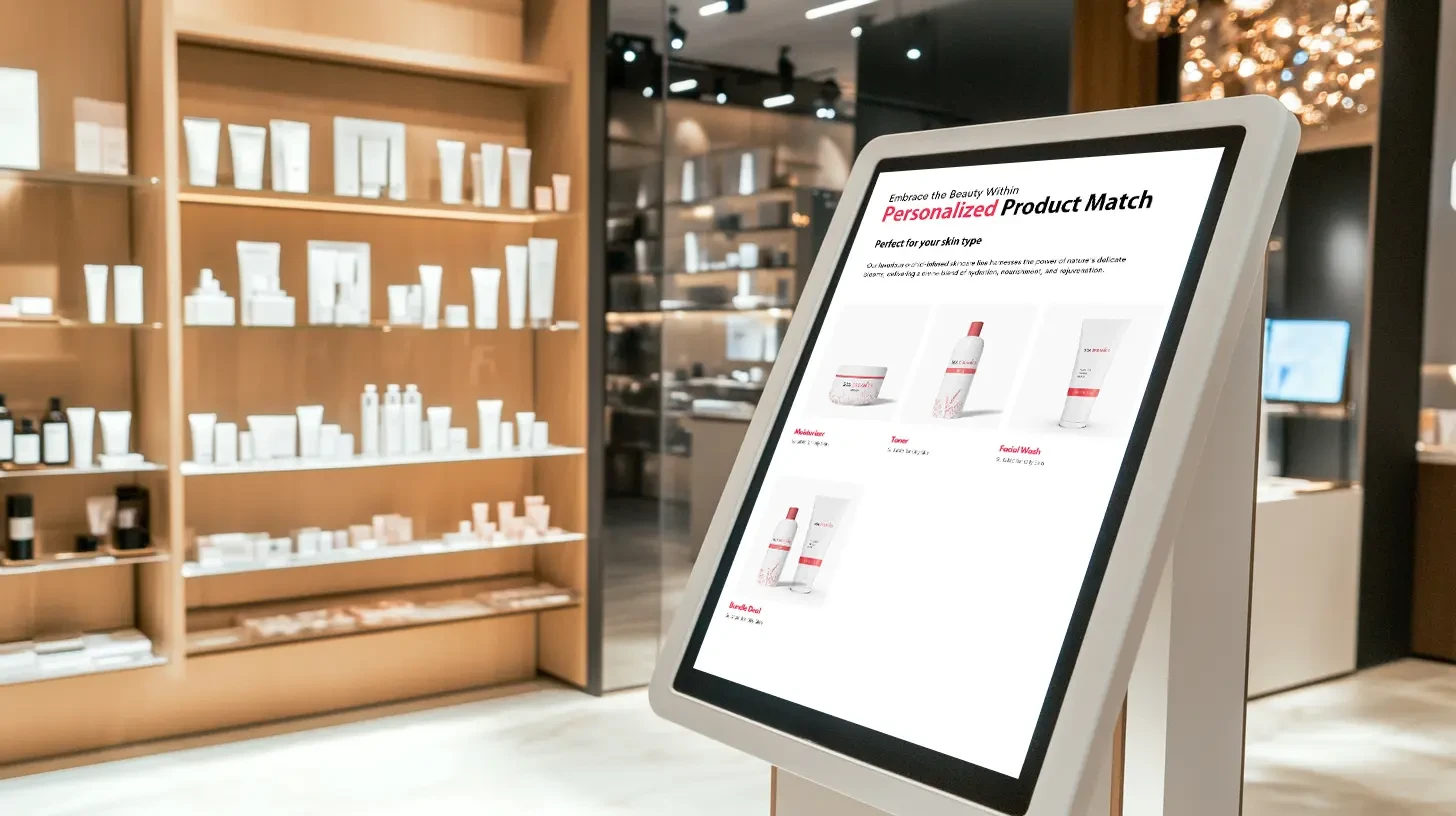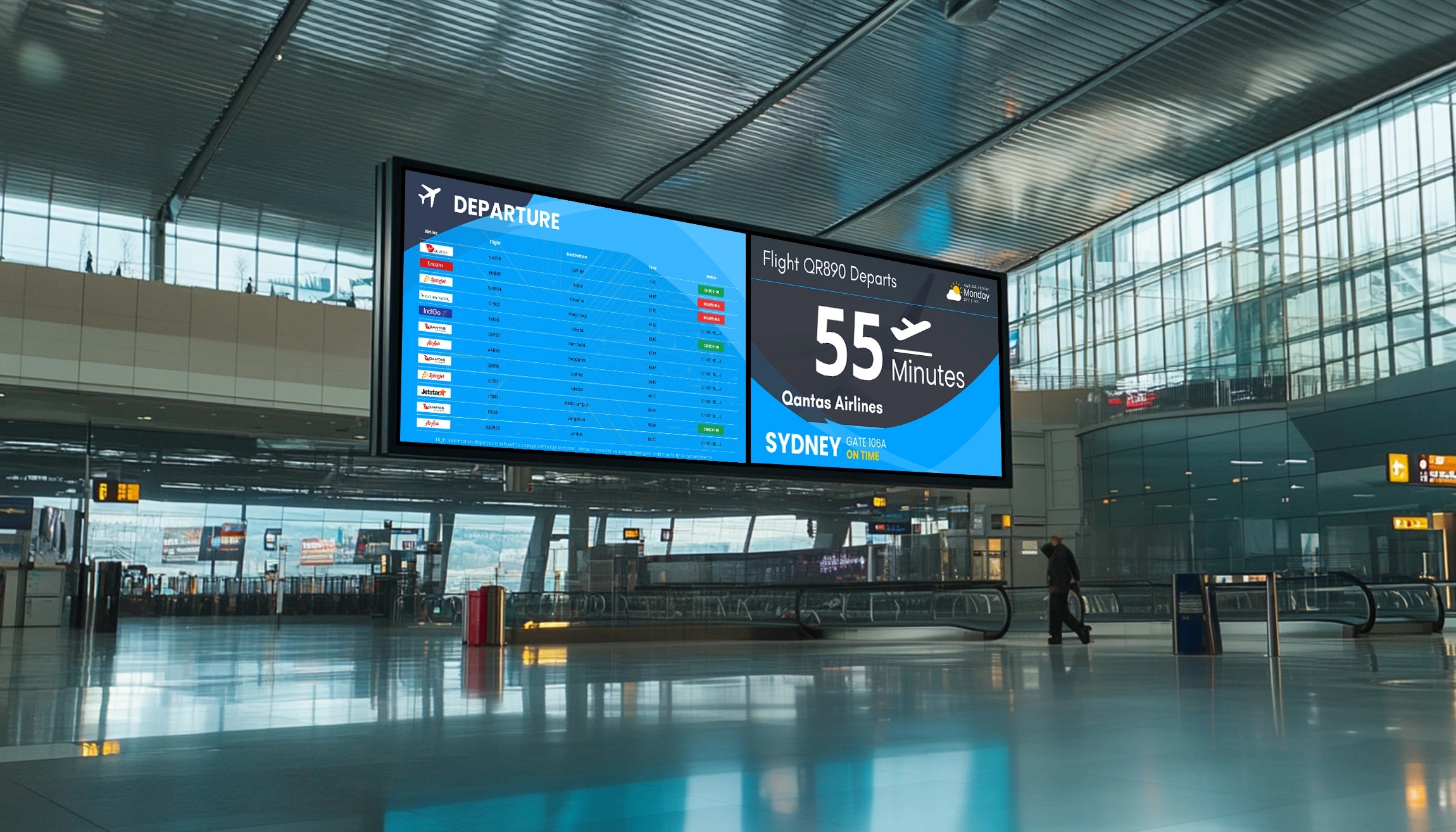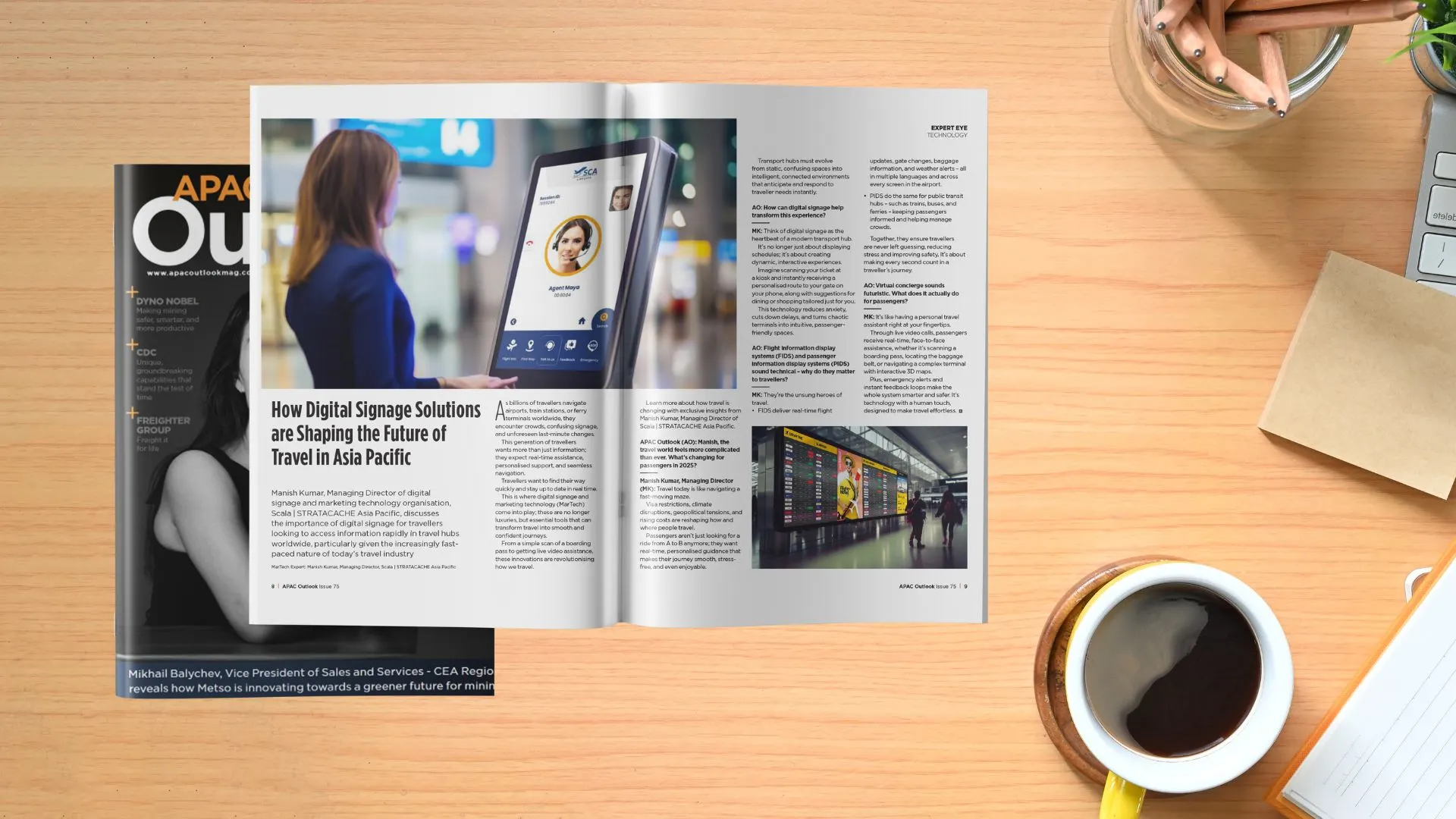All You Need To Know About Digital Signage Content Management Systems (CMS)
by Scala Team
All You Need To Know About Digital Signage Content Management Systems (CMS)
by Scala Team
In this handy guide, we explain the role and benefits of a digital signage CMS software and explore what features to look for when searching for a tool to manage and distribute digital signage content.
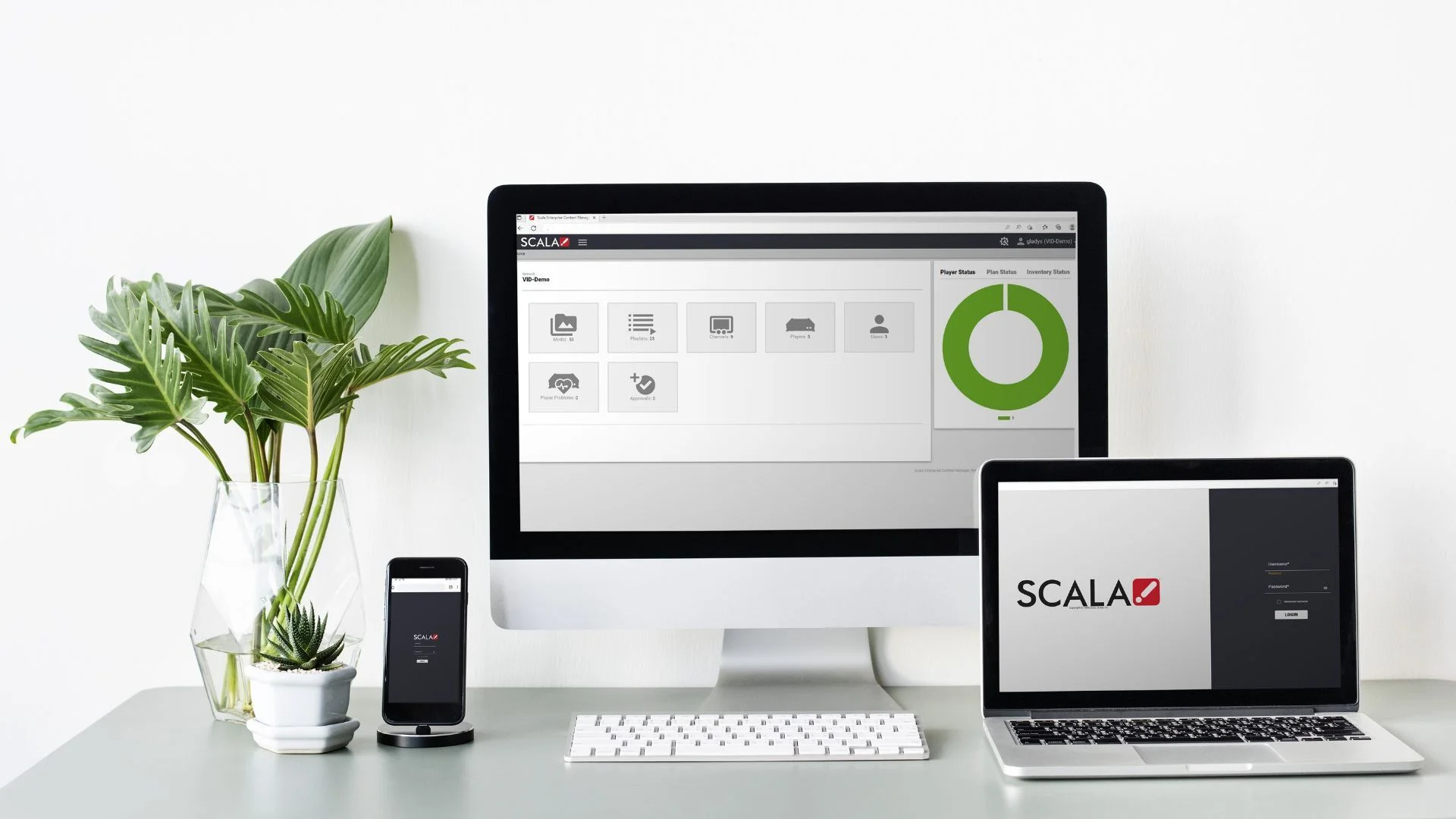
Benefits of a Digital Signage Content Management System
A digital signage CMS is really the backbone of effective digital signage content, helping businesses easily manage and publish content and keep their content publishing schedule on track to achieve their marketing goals, rather than relying on manual methods of scheduling and publishing. Here are some of the main benefits of digital signage CMS.
Easy content scheduling and publishing
With a CMS providing an easy, central method for managing content, users don’t need to set manual reminders to hit ‘publish’, nor do they need sophisticated coding skills or technical knowledge. Many content management systems provide an intuitive interface with accessible publishing tools that allow users to easily add, edit, and delete content. Further, today’s CMS tools usually allow users to access and publish content from anywhere using cloud technology, adding an extra layer of ease.
Collaboration
A digital signage CMS enables users to work as team members on content creation and editing. They can be assigned roles and permissions, such as author, editor, and administrator. The changes and revisions made by each user can be tracked, and approved or rejected before publishing to ensure content is always approved and on-brand.
Real-Time Content Publishing
One of the key benefits of using a CMS is that it gives businesses the ability to update content in real-time. This gives them flexibility to publish of-the-moment content on demand. Advanced content management systems come with their own scripting language (like Scala) that allows developers to create apps that can fetch live content like on-demand news, trending tweets, sports updates, weather updates and more.
Security
A decent digital signage CMS contains security features that protect digital signage content from hackers, malware, and data breaches, and are also regularly updated to fix any bugs or vulnerabilities.
What To Look For in A Digital Signage CMS?
There are many digital signage CMS options in the market. But businesses should look for these key features in order to make the right decision.
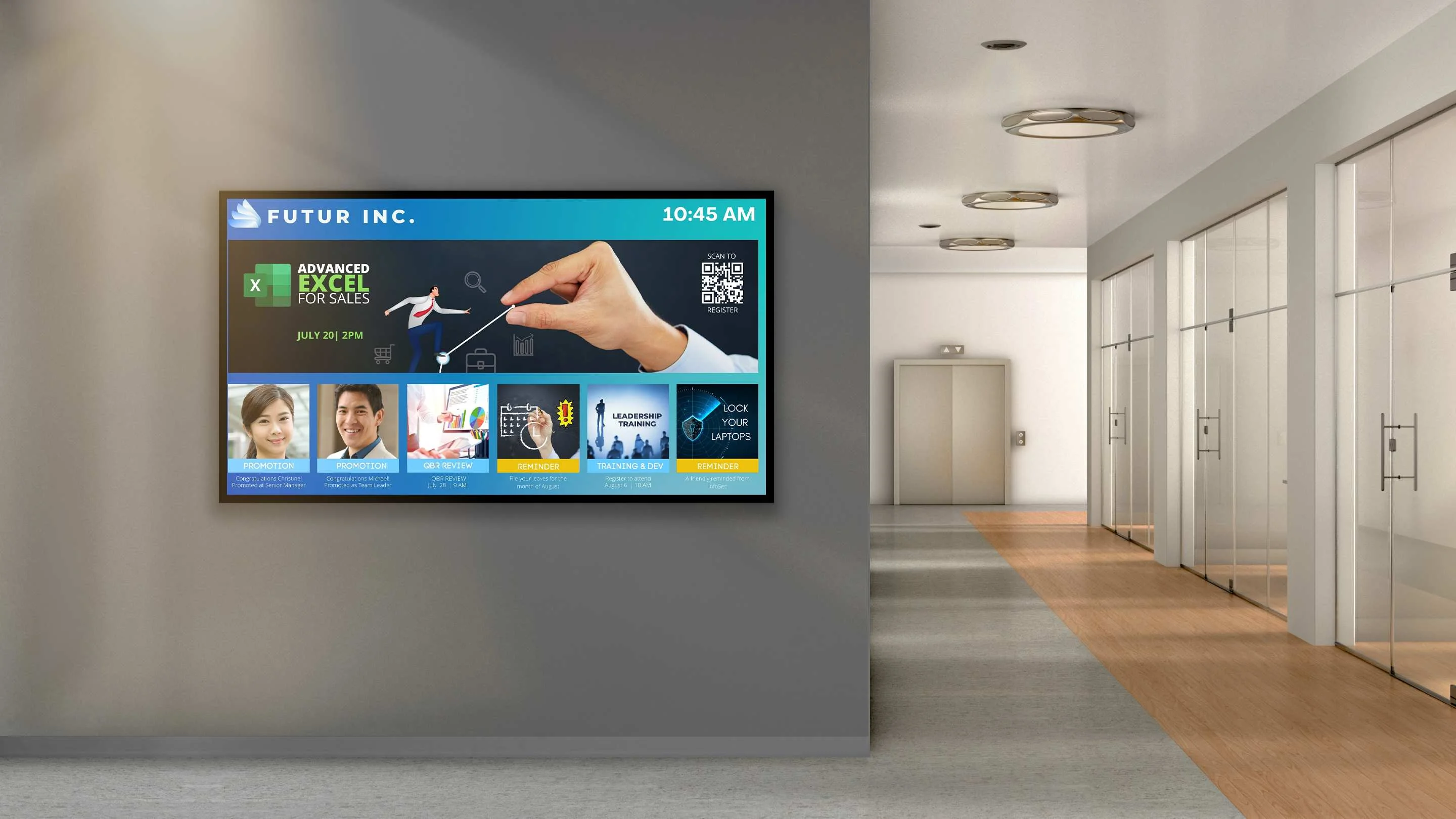
A good CMS will have an easy to use interface that does not require specialist technical knowledge to operate, with an intuitive graphical user interface (GUI) that makes scheduling and compiling playlists simple and quick. It should be easy for any user to identify how to publish, schedule or pause content playback.
Robust Scheduling and Playlist Functionality (Including Flexible Playlists)
A digital signage CMS must allow users to easily create smart playlists consisting of different media elements like static frames, video, audio, images and text. Furthermore, the CMS should also have the functionality of creating sub-playlists and smart-playlists which play content at a scheduled time or within certain parameters. Above all, flexibility is key to allow easy updates to scheduled content.
With Scala Content Manager, much of this process is automated due to the application’s custom scripting language.
Great Performance and Stability
A successful digital signage solution should deliver content seamlessly and reliably at all times, with little to no downtime. System crashes and errors are usually very noticeable and can reflect badly upon a brand’s image. Therefore, the digital signage CMS must be robust and reliable to deliver near-perfect uptime. Another feature that is essential is remote device management, which enables basic remote troubleshooting features like running diagnostic checks to discover and address playback issues.
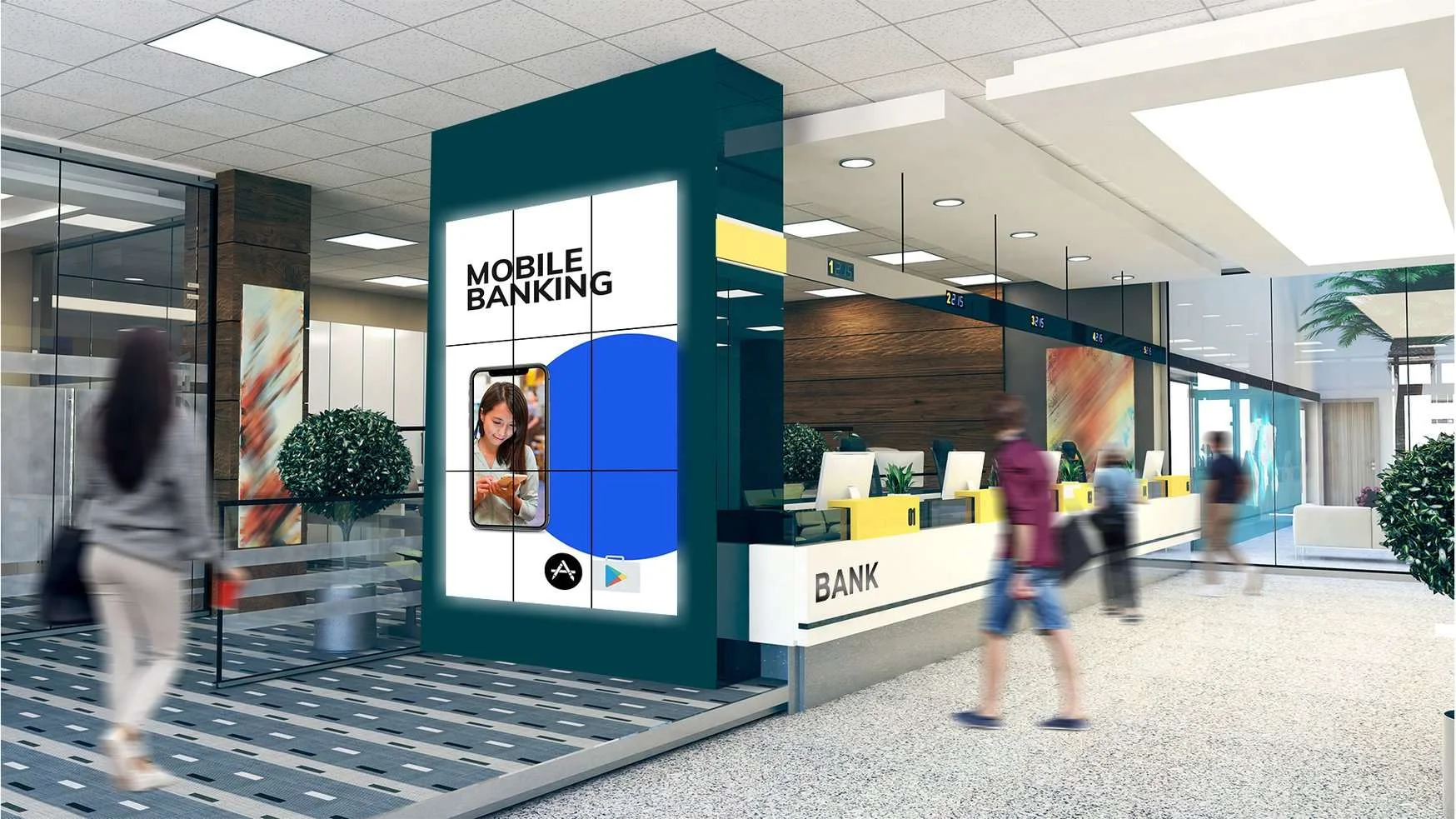
For many businesses, flexibility is key and the ability to display multiple types of content simultaneously is a must-have feature. A capable CMS allows users to play content on two separate channels at once, allowing businesses to control content on different channels from a single point.
Remote Access
Cloud accessibility is a must-have feature in a digital signage CMS, allowing users to conduct remote maintenance tasks such as reboot, send and retrieve files, and software updates.
Support for Multiple Independent Frames
A good digital signage CMS should be able to allow multiple independent frames to play different types of content within the display, as well as supporting varied layouts such as landscape/portrait. Enterprise-level CMS platforms like Scala Content Manager allow the creation of custom layouts where different content can be played in different parts of the same screen.
Trust Scala for seamless digital signage content management
Many global brands trust Scala to deliver a seamless end-to-end digital signage experience, including a robust digital signage content management system to easily manage, schedule and publish content.
About the Author:
Scala digital signage experts share their experience and thoughts in our blog to provide practical tips and advice for real-world applications. Our team aims to offer interesting content through a variety of formats including long form articles, video logs, interviews and infographics.
